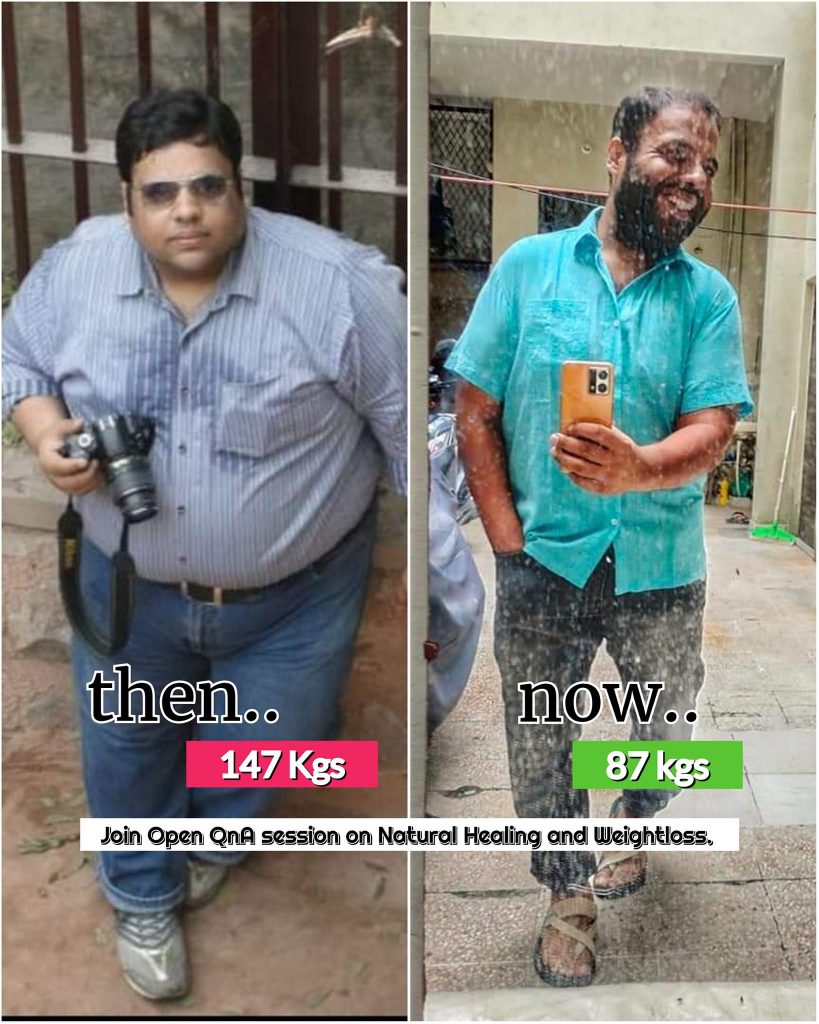
Welcome to Day 4 of Your Pilates Adventure!
Greetings, Pilates Warriors! As we enter Day 4 of our journey, we deepen our exploration of strength and stability, laying a solid foundation for the transformative practices ahead. Through the fusion of mindful movement and intentional breath, we cultivate resilience, fortify our core, and unleash our inner strength. So, let’s roll out our mats, find our center, and ignite the fire within as we embark on another empowering day of Pilates!
Introduction:
Day 4 is dedicated to fortifying our Pilates foundation, enhancing our strength, and fostering unwavering stability. With the guidance of AI optimization, we’ll delve into a series of dynamic exercises designed to challenge our bodies, awaken our muscles, and ignite our inner power.
Before we start with the day, let us welcome you to the AI-powered 28-Day Free Wall Pilates Challenge! This challenge is designed using modern Artificial intelligence tools. We asked AI to act like a trainer and make a 28-day plan for us. We have put this up as a FREE challenge – do try this and let us know how you feel about it.
28-Day Wall Pilates Challenge
Select the Week to see Day Wise Guides to this AI Designed Challenge.
Warm-Up: Awakening Your Body (5 Minutes)
Dynamic Spinal Twists (2 Minutes)
- Execution: Begin in a seated position with your legs extended in front of you. Inhale deeply, then exhale as you twist your torso to one side, reaching your opposite hand towards the outer edge of your bent knee. Inhale to return to center, then exhale as you twist to the other side. Flow smoothly between each twist, allowing your breath to guide the movement.
- Breathing: Inhale deeply to lengthen your spine, exhale to deepen the twist. Coordinate your breath with the movement, allowing each exhale to facilitate a deeper rotation.
Hip Circles (2 Minutes)
- Execution: Lie on your back with your knees bent and feet flat on the floor. Inhale deeply, then exhale as you circle your knees out to the sides, drawing circles with your hips. Keep your movements fluid and controlled, engaging your core to maintain stability. After several rotations, reverse the direction of the circles.
- Breathing: Inhale deeply to prepare for the movement, exhale as you circle your knees out to the sides. Continue to breathe steadily as you flow through the hip circles, connecting breath with movement.
Shoulder Circles (1 Minute)
- Execution: Stand tall with your feet hip-width apart and arms relaxed by your sides. Inhale deeply, then exhale as you circle your shoulders forward and up towards your ears. Continue the circular motion, exhaling as you roll your shoulders back and down. After several rotations, reverse the direction of the circles.
- Breathing: Breathe deeply and evenly as you perform the shoulder circles, allowing your breath to support the movement and encourage relaxation in the shoulders.
Main Session: Power and Stability (25 Minutes)
Bird Dog (3 Sets, 8-12 Reps Each Side)
- Execution: Begin on all fours with your wrists aligned under your shoulders and knees under your hips. Inhale deeply, then exhale as you extend one arm forward and the opposite leg back, creating a straight line from fingertips to toes. Hold for a moment, then inhale as you lower your arm and leg back to the starting position. Repeat on the other side, alternating sides for 8 to 12 repetitions per side.
- Breathing: Inhale to prepare for the movement, exhale as you extend your arm and leg. Inhale to return to the starting position. Coordinate your breath with the movement to enhance stability and control.
Side Plank (3 Sets, 30-60 Seconds Each Side)
- Execution: Begin in a side plank position with your bottom elbow aligned under your shoulder and your legs stacked on top of each other. Inhale deeply, then exhale as you lift your hips towards the ceiling, creating a straight line from head to heels. Engage your core and hold the position for 30 to 60 seconds. Repeat on the other side.
- Breathing: Inhale deeply to prepare for the side plank, exhale as you lift your hips. Maintain steady breaths throughout the hold, focusing on maintaining stability and strength.
Bridge Pose (3 Sets, 8-12 Reps)
- Execution: Lie on your back with your knees bent and feet flat on the floor, hip-width apart. Inhale deeply, then exhale as you lift your hips towards the ceiling, engaging your glutes and core. Hold for a moment at the top, then inhale as you lower your hips back down to the mat. Repeat for 8 to 12 repetitions, flowing smoothly between each movement.
- Breathing: Inhale to prepare for the bridge pose, exhale as you lift your hips. Inhale to hold at the top, exhale as you lower back down. Coordinate your breath with the movement to enhance control and strength.
Cooldown: Embracing Stillness (5 Minutes)
Supine Figure Four Stretch (2 Minutes Each Side)
- Execution: Lie on your back with your knees bent and feet flat on the floor. Cross your right ankle over your left knee, flexing the right foot. Inhale deeply, then exhale as you draw your left knee towards your chest, threading your right hand between your legs to clasp your hands behind your left thigh. Hold the stretch for 1-2 minutes, then switch sides.
- Breathing: Inhale deeply to prepare for the stretch, exhale as you deepen the stretch by drawing your knee towards your chest. Focus on maintaining steady breaths to facilitate relaxation and release in the hips and glutes.
Seated Forward Fold with Side Bend (2 Minutes Each Side)
- Execution: Sit on the floor with your legs extended in front of you. Inhale deeply to lengthen your spine, then exhale as you hinge forward from your hips, reaching your hands towards your feet. Hold the forward fold for a few breaths, then inhale as you lengthen your spine and twist towards one side, placing your opposite hand on the outside of your bent knee. Hold the twist for 1-2 minutes, then switch sides.
- Breathing: Inhale deeply to lengthen your spine and create space, exhale to deepen the twist. Maintain steady breaths throughout the stretch to enhance relaxation and release.
Reflection and Gratitude
Congratulations on completing Day 4 of the 28-Day Wall Pilates Challenge! Take a moment to acknowledge your inner strength and commitment to growth. As you continue on this journey, remember to honor your body's wisdom, listen to its signals, and celebrate the progress you've made. I'll see you tomorrow for Day 5, where we'll continue to build upon our foundation of power and stability and explore new horizons of strength and resilience.
Join Our 28-Day Wall Pilates Challenge
Are you ready to embark on a transformative journey to strengthen your body, mind, and spirit through Pilates? Welcome to our 28-day Wall Pilates Challenge, designed to ignite your passion for Pilates and unlock your full potential!
Overview:
- Duration: 28 days
- Focus: Core strength, flexibility, balance, endurance, and overall well-being
- Structure: Each week focuses on specific themes and goals, with daily workouts to guide you through the challenge.
Week 1: Core Foundations
Day 1: Core Foundations - Ignite Your Pilates Journey
Start your journey with foundational Pilates exercises to build a strong core and establish proper alignment.
Day 2: Balance and Alignment - Strengthen Your Core Connection
Focus on improving balance and alignment to enhance core stability and connection.
Day 3: Flexibility Flow - Unlock Your Body's Potential
Enhance flexibility and fluidity in movements to unlock your body's full potential.
Day 4: Power and Stability - Strengthen Your Pilates Foundation
Build power and stability for a solid Pilates foundation with challenging exercises.
Day 5: Endurance Elevation - Embrace the Power Within
Increase endurance and stamina through dynamic Pilates workouts.
Day 6: Harmony in Motion - Cultivating Balance and Coordination
Cultivate balance and coordination for graceful and harmonious movement.
Day 7: Rest and Rejuvenate - Nourishing Your Pilates Journey
Take a day to rest and rejuvenate your body and mind, allowing for optimal recovery.
Week 2: Mindful Movement
Day 8: Mindful Movement - Deepening Your Pilates Practice
Deepen your Pilates practice through mindfulness and focused movement techniques.
Day 9: Strengthen and Lengthen - Unleash Your Inner Warrior
Strengthen muscles while promoting lengthening and flexibility for a balanced body.
Day 10: Core Stability and Balance - Finding Your Center of Strength
Enhance core stability and find your center of strength through targeted exercises.
Day 11: Mobility and Flexibility - Embrace Fluid Movement
Embrace fluid movement by improving mobility and flexibility in your Pilates practice.
Day 12: Alignment and Posture - Discover Your Perfect Balance
Focus on proper alignment and posture to achieve balance and prevent injuries.
Day 13: Strength and Endurance - Building Resilience Within
Build strength and endurance to overcome challenges and build resilience.
Day 14: Rest and Recovery - Nourish Your Body and Mind
Take a well-deserved day of rest and recovery to rejuvenate your body and mind.
Week 3: Full Body Flow
Day 15: Balance and Coordination - Find Your Center of Gravity
Explore balance and coordination exercises to find your center of gravity and enhance stability.
Day 16: Flexibility and Mobility - Embrace Fluidity in Motion
Improve flexibility and mobility to move with grace and ease through dynamic movements.
Day 17: Core Strength and Stability - Ignite Your Power Center
Ignite your power center with core-strengthening exercises for stability and strength.
Day 18: Upper Body Strength and Toning - Sculpt Your Pilates Powerhouse
Sculpt and tone your upper body muscles for improved strength and definition.
Day 19: Balance and Coordination - Find Your Center of Gravity
Continue refining balance and coordination skills to enhance your Pilates practice.
Day 20: Flexibility and Mobility - Unlock Your Body's Potential
Unlock your body's full potential by increasing flexibility and mobility for greater range of motion.
Day 21: Rest and Reflect - Nourish Your Body and Mind
Reflect on your progress and take time to nourish your body and mind with rest and relaxation.
Week 4: Lower Body Strength
Day 22: Lower Body Strength - Building Foundations
Focus on building a strong foundation for lower body strength through targeted exercises.
Day 23: Core Power - Ignite Your Center
Ignite your core power with exercises designed to strengthen and stabilize your center.
Day 24: Full Body Flow - Harmony in Motion
Experience the harmony of full-body movement with flowing Pilates sequences.
Day 25: Lower Body Burn - Sculpt and Strengthen
Sculpt and strengthen your lower body muscles with targeted exercises to feel the burn.
Day 26: Core Strength - Ignite Your Powerhouse
Ignite your powerhouse with core-strengthening workouts for a strong and stable center.
Day 27: Flexibility and Mobility - Embrace Fluidity
Embrace fluidity in movement by enhancing flexibility and mobility in every workout.
Day 28: Final Challenge and Celebration - Embrace Your Triumph
Celebrate your achievements and embrace the final challenge as you complete the 28-Day Wall Pilates Challenge.
We invite you to join us on this exciting journey and share your experiences and feedback. Together, let's fine-tune and improve this challenge to help others achieve their fitness goals. Are you ready to embrace the 28 Days Wall Pilates Challenge? Let's get started!
Don't forget to check out our interactive navigation app above to easily access each day's workout details. Let the challenge begin!
Best regards,














